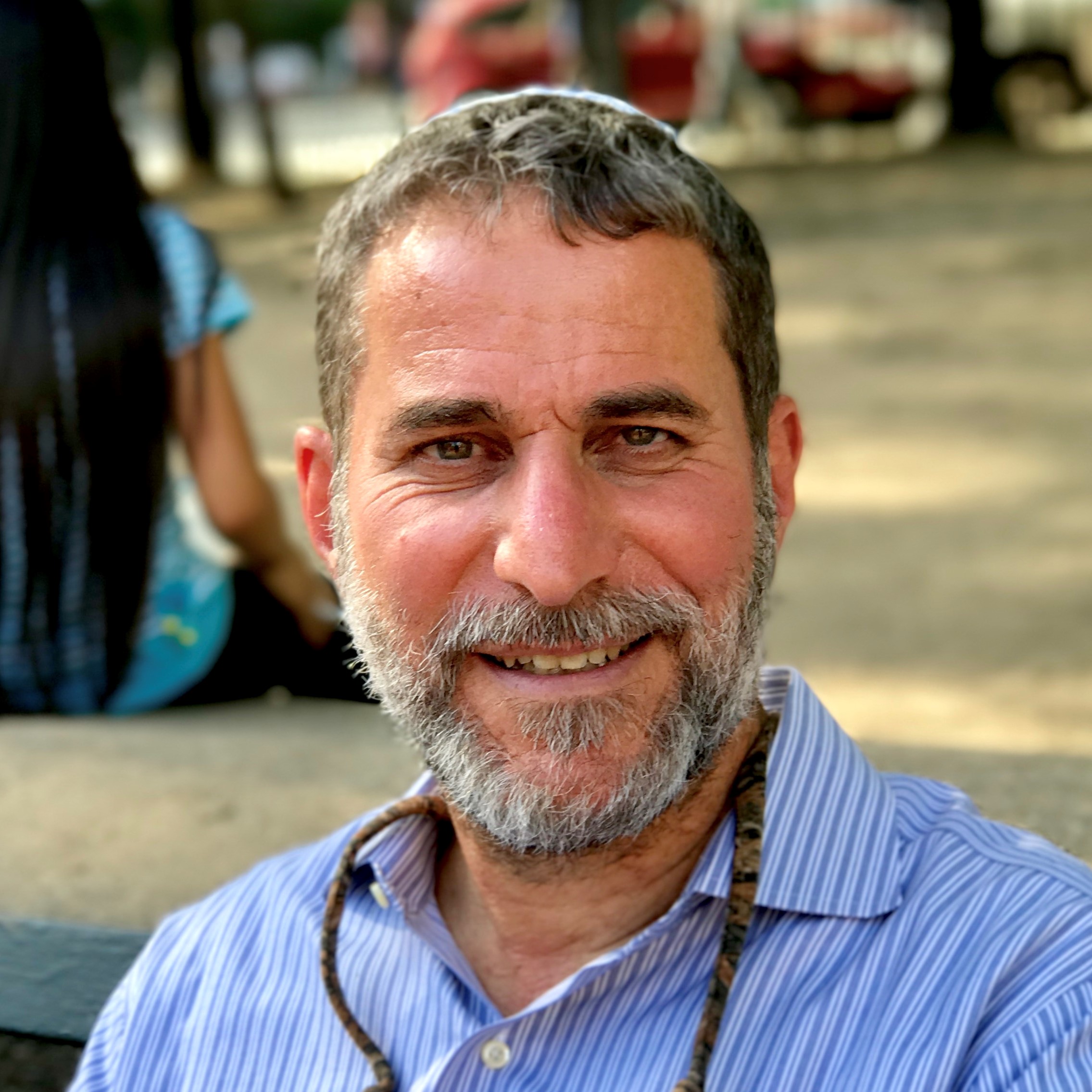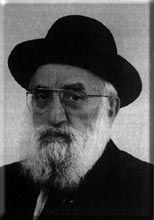Beit Midrash
- Torah Portion and Tanach
- Bamidbar
- Naso
Next comes the law of the Nazirite, the person who voluntarily (and usually for a fixed period) took upon himself special holiness restrictions, among them the renunciation of wine and grape products, of haircuts, and of defilement by contact with a dead body.
This is followed, again seemingly with no connection, by one of the oldest prayers in the world still in continuous use: the priestly blessings. Then, with inexplicable repetitiousness, comes the account of the gifts brought by the princes of each tribe at the dedication of the Tabernacle, a series of long paragraphs repeated no less than twelve times, since each prince brought an identical offering.
Why does the Torah spend so much time describing an event that could have been stated far more briefly by naming the princes and then simply telling us generically that each brought a silver dish, a silver basin and so on? The question that overshadows all others, though, is: what is the logic of this apparently disconnected series?
The answer lies in the last word of the priestly blessing: shalom, peace. In a long analysis, the 15th century Spanish Jewish commentator Rabbi Isaac Arama explains that shalom does not mean merely the absence of war or strife. It means completeness, perfection, the harmonious working of a complex system, integrated diversity, a state in which everything is in its proper place and all is at one with the physical and ethical laws governing the universe.
"Peace is the thread of grace issuing from Him, may He be exalted, stringing together all beings, supernal, intermediate, and lower. It underlies and sustains the reality and unique existence of each."
Akeidat Yitzhak, ch. 74
Similarly, Isaac Abarbanel writes:
"That is why God is called peace, because it is He who binds the world together and orders all things according to their particular character and posture. For when things are in their proper order, peace will reign."
Abarbanel, Commentary to Avot 2:12
This is a concept of peace heavily dependent on the vision of Genesis 1, in which God brings order out of tohu va-vohu, chaos, creating a world in which each object and life form has its place. Peace exists where each element in the system is valued as a vital part of the system as a whole and where there is no discord between them. The various provisions of parshat Naso are all about bringing peace in this sense.
The most obvious case is that of the Sotah, the woman suspected by her husband of adultery. What struck the Sages most forcibly about the ritual of the Sotah is the fact that it involved obliterating the name of God, something strictly forbidden under other circumstances. The officiating priest recited a curse including God’s name, wrote it on a parchment scroll, and then dissolved the writing into specially prepared water. The Sages inferred from this that God was willing to renounce His own honour, allowing His name to be effaced, "in order to make peace between husband and wife" by clearing an innocent woman from suspicion. Though the ordeal was eventually abolished by Rabbi Yochanan ben Zakkai after the destruction of the Second Temple, the law served as a reminder as to how important domestic peace is in the Jewish scale of values.
The passage relating to the Levitical families of Gershon and Merari signals that they were given a role of honour in transporting items of the Tabernacle during the people’s journeys through the wilderness. Evidently they were satisfied with this honour, unlike the family of Kehat detailed at the end of last week’s parsha, one of whose number, Korach, eventually instigated a rebellion against Moses and Aaron.
Likewise, the long account of the offerings of the princes of the twelve tribes is a dramatic way of indicating that each was considered important enough to merit its own passage in the Torah. People will do destructive things if they feel slighted, and not given their due role and recognition. Again the case of Korach and his allies is the proof of this. By giving the Levitical families and the princes of the tribes their share of honour and attention, the Torah is telling us how important it is to preserve the harmony of the nation by honouring all.
The case of the Nazirite is in some ways the most interesting. There is an internal conflict within Judaism between, on the one hand, a strong emphasis on the equal dignity of everyone in the eyes of God, and the existence of a religious elite in the form of the tribe of Levi in general and the Kohanim, the priests, in particular. It seems that the law of the Nazirite was a way of opening up the possibility to non-Kohanim of a special sanctity close to, though not precisely identical with, that of the Kohanim themselves. This too is a way of avoiding the damaging resentments that can occur when people find themselves excluded by birth from certain forms of status within the community.
If this analysis is correct, then a single theme binds the laws and narrative of this parsha: the theme of making special efforts to preserve or restore peace between people.
Peace is easily damaged and hard to repair. Much of the rest of the book of Bamidbar is a set of variations on the theme of internal dissension and strife. So has Jewish history been as a whole. Naso tells us that we have to go the extra mile in bringing peace between husband and wife, between leaders of the community, and among laypeople who aspire to a more-than-usual state of sanctity.
It is no accident therefore that the priestly blessings included in Naso end – as do the vast majority of Jewish prayers – with a prayer for peace. Peace, said the rabbis, is one of the names of God Himself, and Maimonides writes that the whole Torah was given "to make peace in the world" (Laws of Chanukah 4:14). Naso is a series of practical lessons in how to ensure, as far as possible, that everyone feels recognised and respected, and that suspicion is defused and dissolved.
We have to work for peace as well as pray for it.
-To engage further with Rabbi Sacks’s teachings, or to sign up to his mailing list, please go to
<a href="http://www.rabbisacks.org" target="_new"
rel="nofollow">www.rabbisacks.org</a>
________________________________________
Around the Shabbat Table
1. Why might the Torah include such a detailed and repetitive account of the offerings brought by the princes of each tribe?
2. How do you think the laws of Nazir "promote" peace amongst the Israelite community?
3. What are some ways you can bring social harmony into your own life?
























